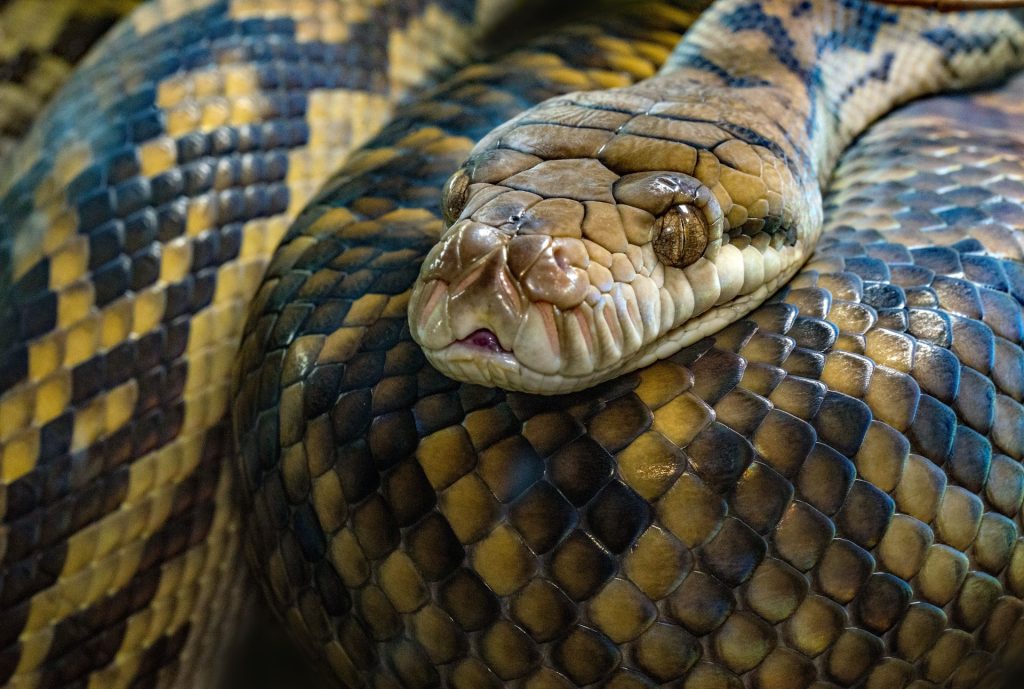
A novel snake venom ‘super glue’ has been developed, that can stop life-threatening bleeding in under a minute.
Over the past 20 years, bioengineer Kibret Mequanint, a professor at the University, has developed an array of biomaterials-based medical devices and therapeutic technologies – some of which are either now licensed to medical companies or are in the advanced stage of preclinical testing.
This latest work focuses on a blood clotting enzyme called reptilase or batroxobin, which is found in the venom of lancehead snakes (Bothrops atrox), which are amongst the most venomous snakes in South America.
Prof Mequanint and the international research team designed a body tissue adhesive that takes advantage of the clotting property of this enzyme, incorporating it into a modified gelatin that can be packaged into a small, handy tube for easy application.
“During trauma, injury and emergency bleeding, this ‘super glue’ can be applied by simply squeezing the tube and shining a visible light, such as a laser pointer, over it for a few seconds. Even a smartphone flashlight will do the job,” said Prof Mequanint.
Compared to the industry gold standard for clinical and field surgeons, clinical fibrin glue, the new tissue sealant has 10 times the adhesive strength to resist detachment or washout from bleeding. The blood clotting time is also much shorter, halving the 90 seconds for fibrin glue to 45 seconds for this new adhesive.
This novel biotechnology could reduce blood loss and save more lives. Tests were performed in models of major bleeding, such as deep skin cuts, ruptured aortae, and severely injured livers.
“We envision that this tissue ‘super glue’ will be used in saving lives on the battlefield, or other accidental traumas like car crashes,” said Prof Mequanint. “The applicator easily fits in first aid kits too.”
Besides its trauma application, the new snake venom ‘super glue’ can be used in surgical wound closures.
The study was published in the journal Science Advances..
“The next phase of study which is underway is to translate the tissue ‘super glue’ discovery to the clinic,” said Prof Mequanint.
Source: University of Western Ontario
Journal information: Guo, Y., et al. (2021) Snake extract–laden hemostatic bioadhesive gel cross-linked by visible light. Science Advances.doi.org/10.1126/sciadv.abf9635.

